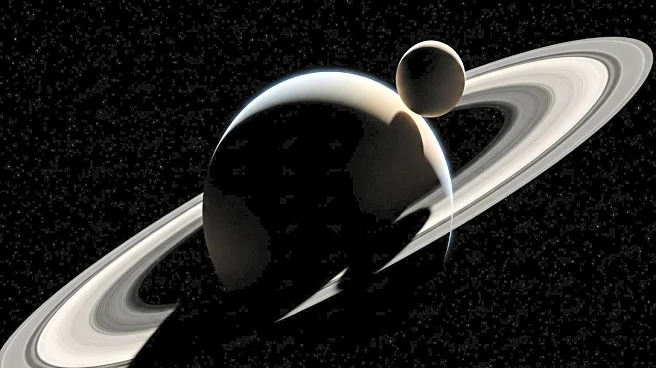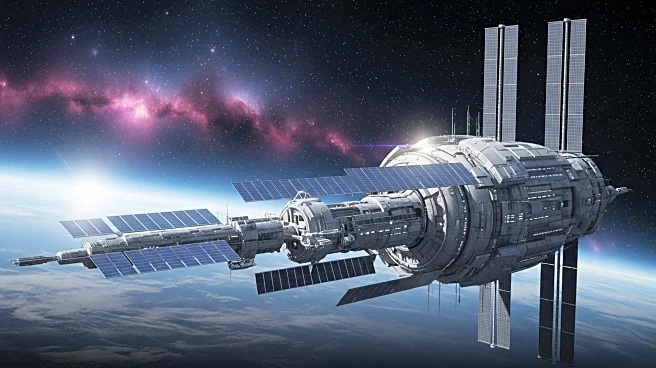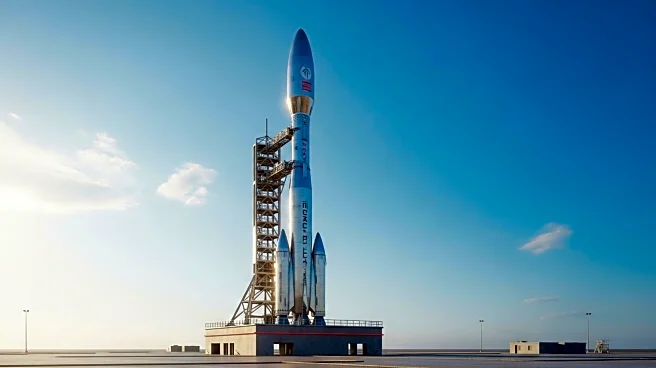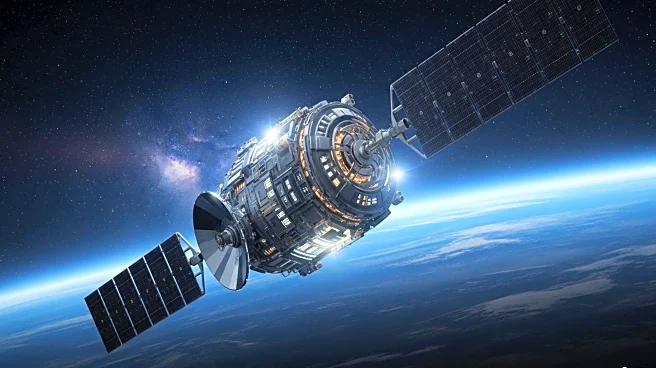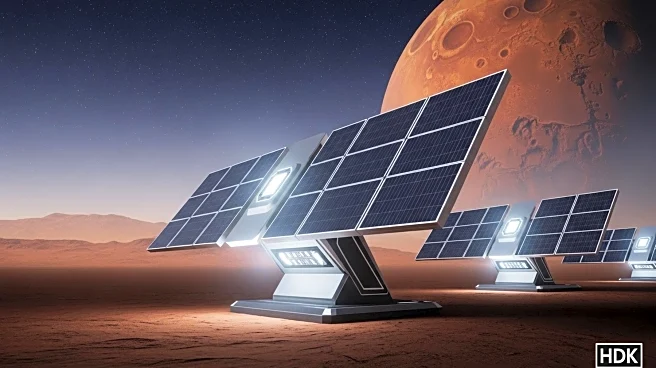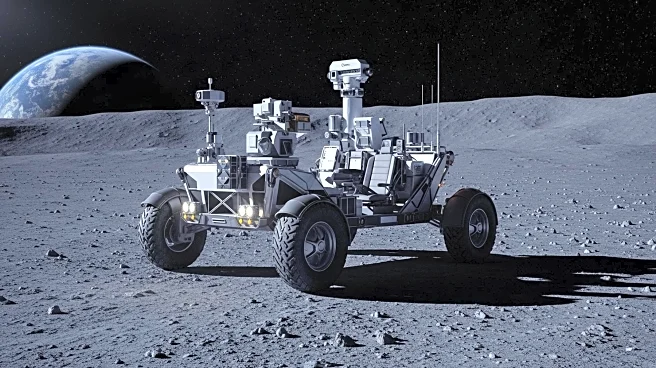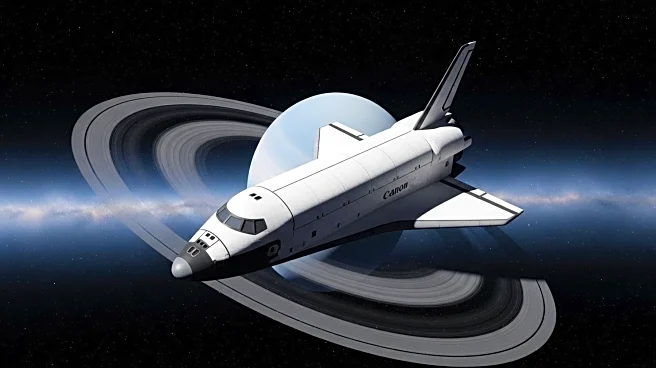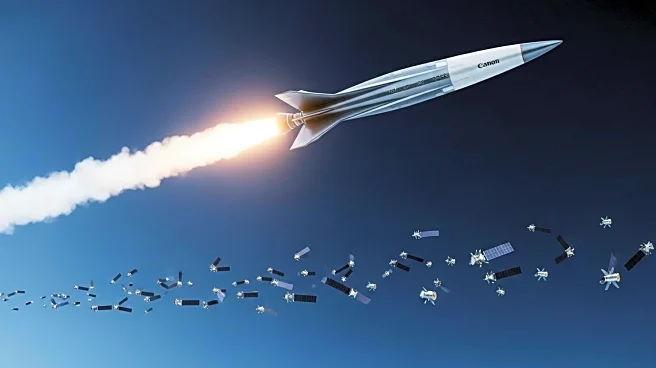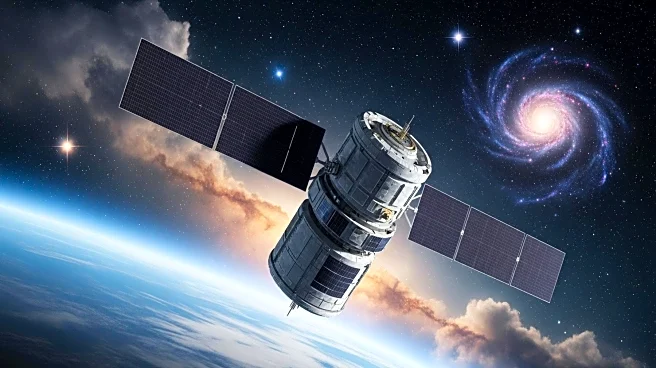What's Happening?
Astronomy enthusiasts are in for a treat as Titan, one of Saturn's moons, will transit the planet for the last time in the current series, with no further transits expected until 2040. This event is part of a series of celestial occurrences detailed by Astronomy Magazine, including the overlap of Jupiter's moons Io and Europa, and the Full Harvest Super Moon. The magazine also notes a potential supernova candidate in the spiral galaxy UGC 5302, visible to U.S. observers. Additionally, Comet C/2025 A6 Lemmon is approaching naked-eye visibility, offering another exciting opportunity for sky watchers.
Why It's Important?
These celestial events provide unique opportunities for astronomers and hobbyists to observe rare phenomena, enhancing public interest in astronomy and science. The Titan transit is particularly significant as it won't occur again for 15 years, making it a must-see for those with access to telescopes. The visibility of Comet Lemmon and the potential supernova offer further chances for observation and study, contributing to scientific understanding and public engagement with space exploration. Such events can inspire educational initiatives and increase interest in STEM fields.
What's Next?
Observers are encouraged to prepare their telescopes and imaging equipment to capture these events, particularly the Titan transit and the potential supernova. Astronomy clubs and educational institutions may organize viewing sessions to engage the public. The visibility of Comet Lemmon will continue to improve, offering more opportunities for observation. As these events unfold, they may lead to new discoveries and insights into celestial mechanics and the universe's vastness.
Beyond the Headlines
The occurrence of these celestial events highlights the importance of continued investment in astronomical research and technology. Observing such phenomena can lead to advancements in understanding planetary systems and the dynamics of celestial bodies. The events also underscore the role of public engagement in science, fostering a culture of curiosity and exploration. Long-term, these observations can contribute to the development of new technologies and methodologies in space exploration.

